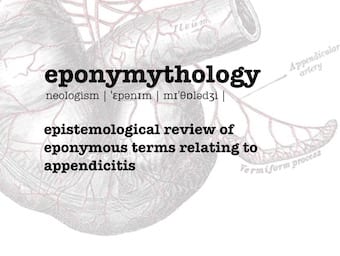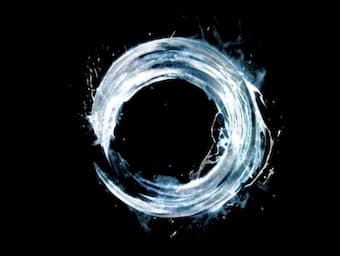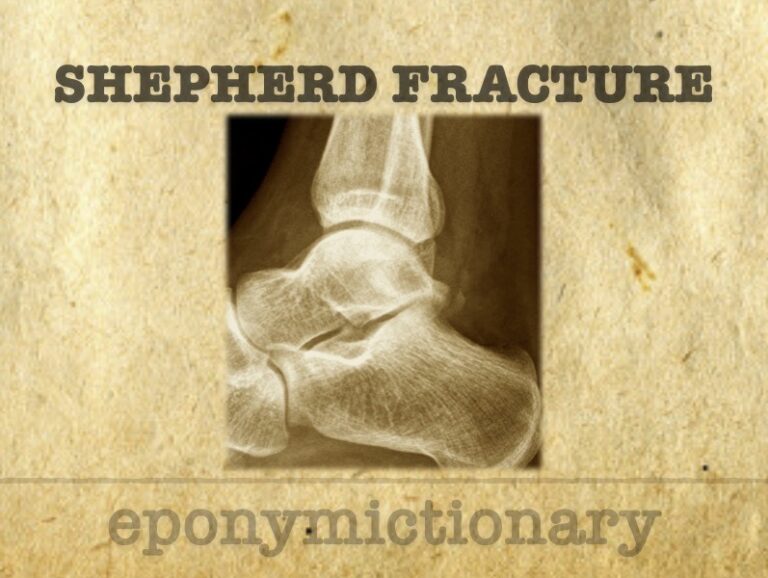
Paul Tillaux
Paul Jules Tillaux (1834-1904) French Surgeon. Eponymously affiliated with the Tillaux fracture. First to describe 'Aïe crépitant de Tillaux'

Paul Jules Tillaux (1834-1904) French Surgeon. Eponymously affiliated with the Tillaux fracture. First to describe 'Aïe crépitant de Tillaux'

Rovsing sign (1907): In acute appendicitis, palpation of the left lower quadrant may elicit pain in the right lower quadrant. Niels Rovsing and Emil S Perman (1904)

Schamroth sign. Simple sign to determine the presence of finger clubbing. One of the earliest signs of clubbing is obliteration of the Schamroth 'window'.

Mindfulness and the emergency healthcare professional, Chapter 15: mindfulness, then and now - a short history
Harry Angelman (1915-1996) was an English paediatrician

V.Ray Bennett (1922 – 1996) was an American engineer whose contributions to respiratory medicine resulted in saving thousands of lives during the Polio epidemic

Sherpherd fracture: Posterior talar process fracture with injury to the lateral tubercle caused by inversion or extreme equinus (1882)

Cedell fracture (1974): Posterior talar process fracture with injury to the posteromedial tubercle caused by forced dorsiflexion and pronation

Sir Ivan Whiteside Magill (1888 – 1986) was an Irish Anaesthetist. Epomnymously affiliated with various anaesthetic devices such as the Magill forceps

Josef Jadassohn (1863 - 1936) was a German dermatologist. Jadassohn-Lewandowsky syndrome (pachyonychia congenita) (1906); Borst-Jadassohn; Jadassohn-Tièche blue naevus; Jadassohn-Bloch Technique
Biography Medical Eponyms Key Medical Contributions Major Publications Controversies References Biography Eponymous terms

Felix Lewandowsky (1879-1921) was a German dermatologist. Jadassohn–Lewandowsky syndrome, Lewandowsky’s syndrome, Lewandowsky–Lutz dysplasia and Lewandowsky tuberculid